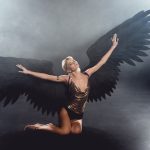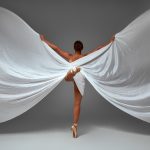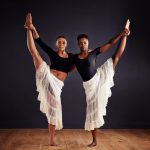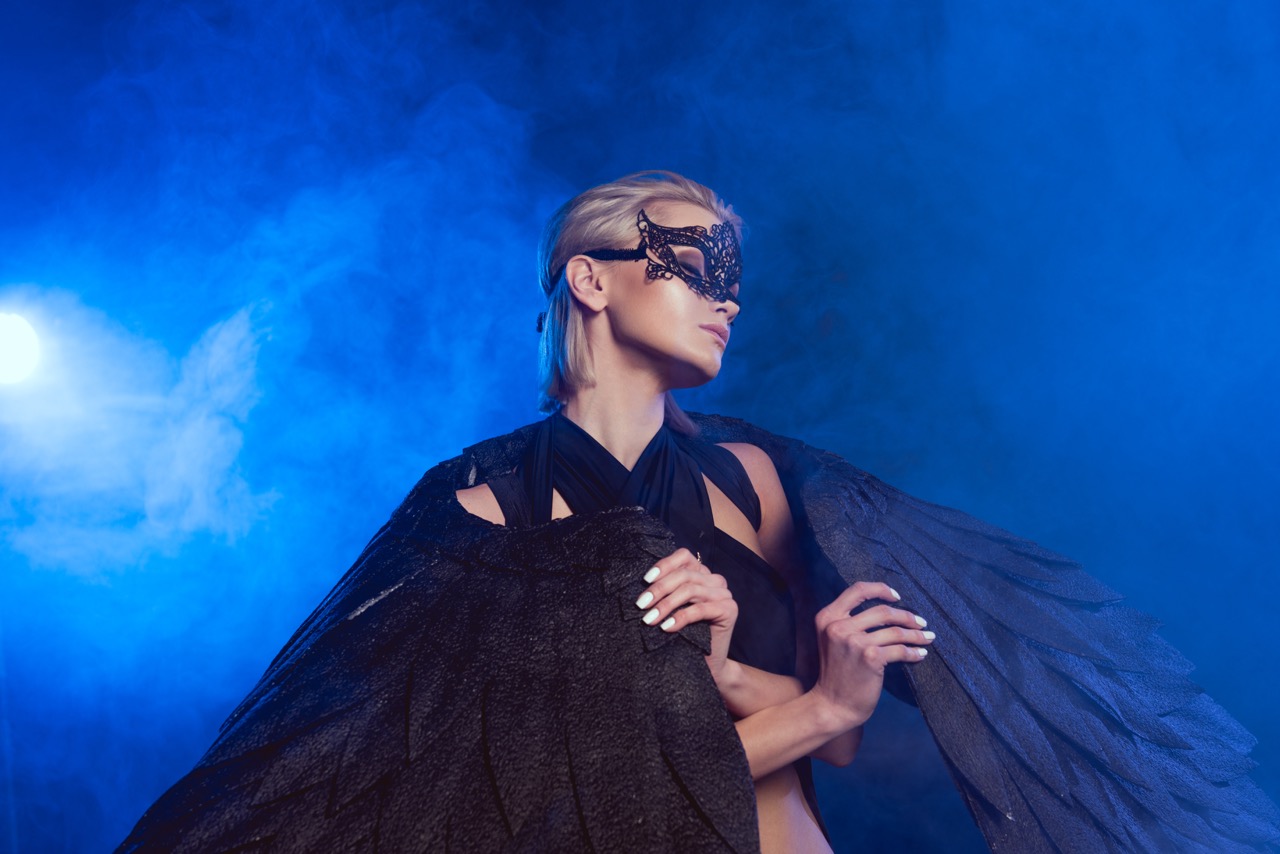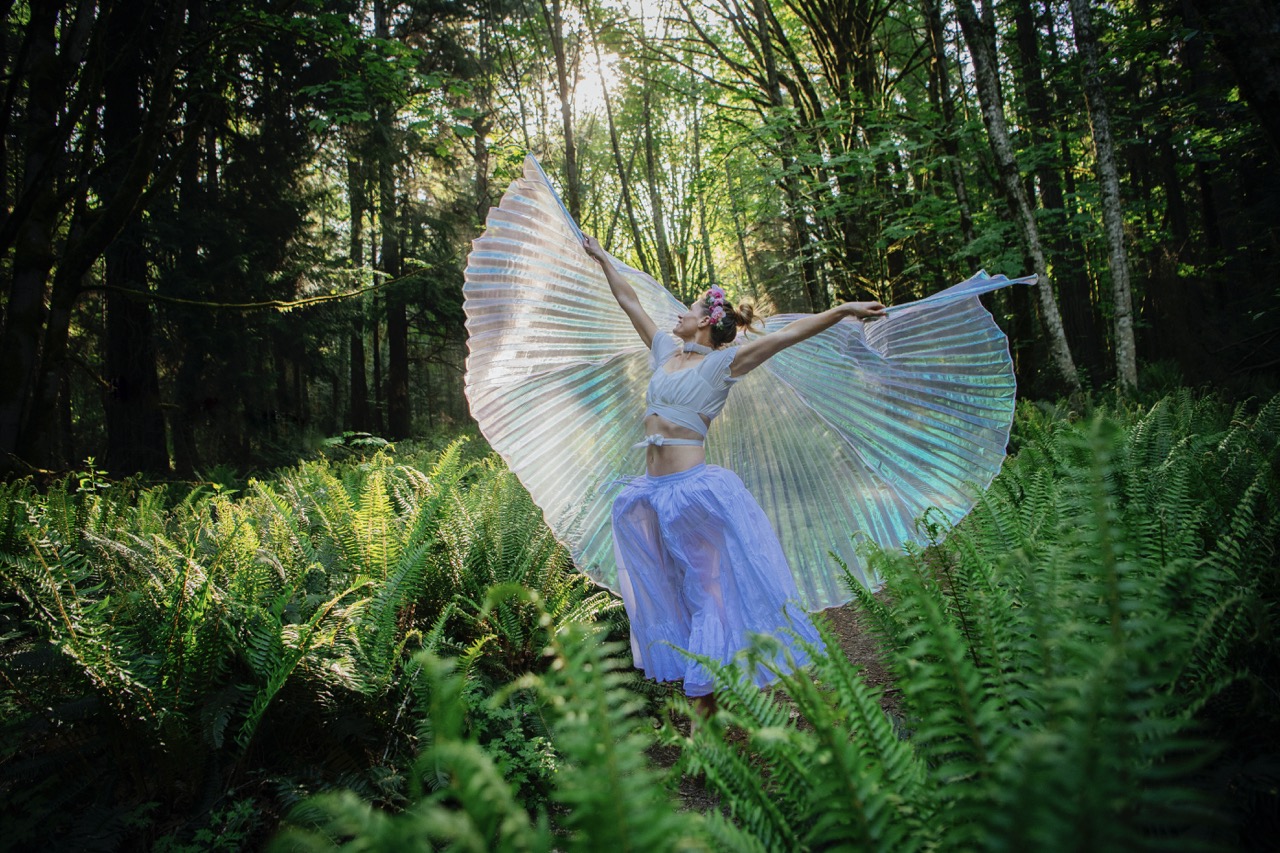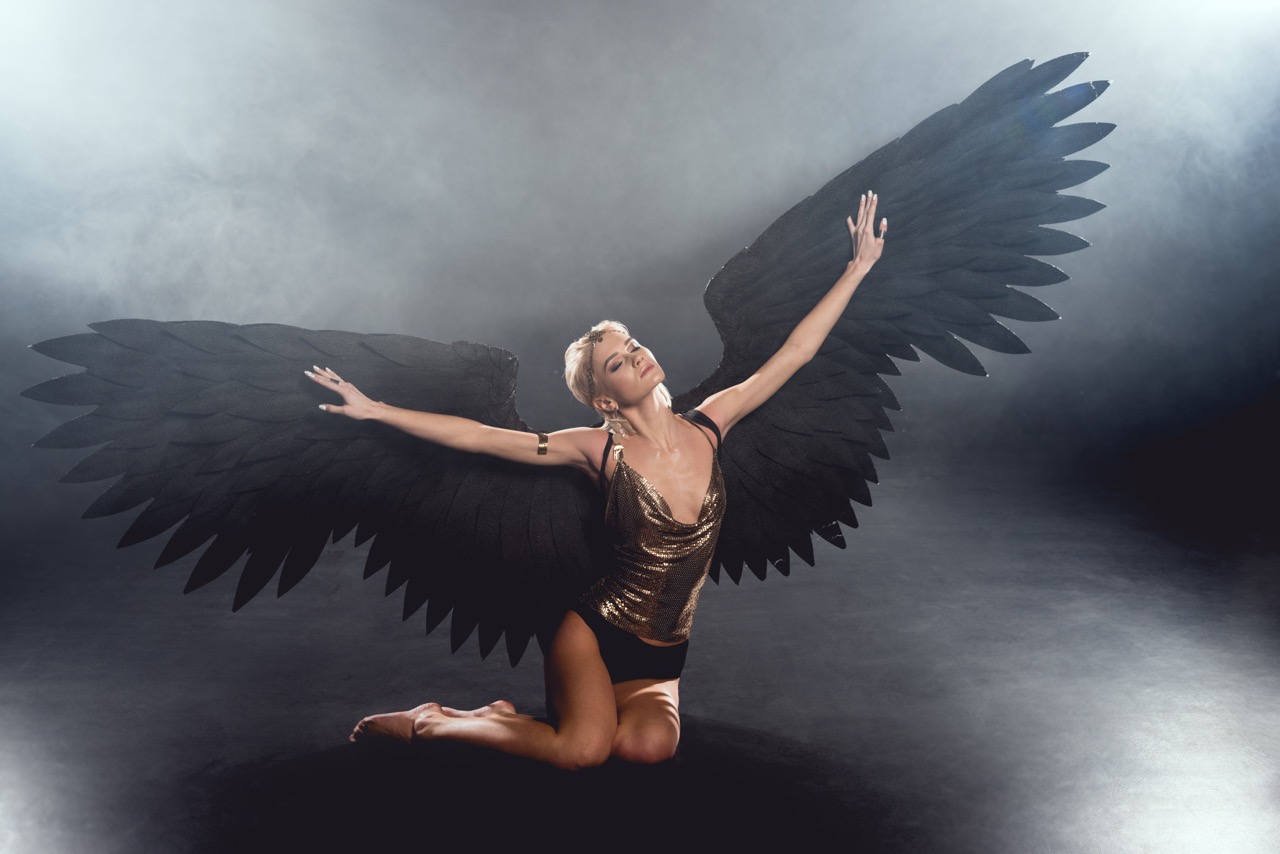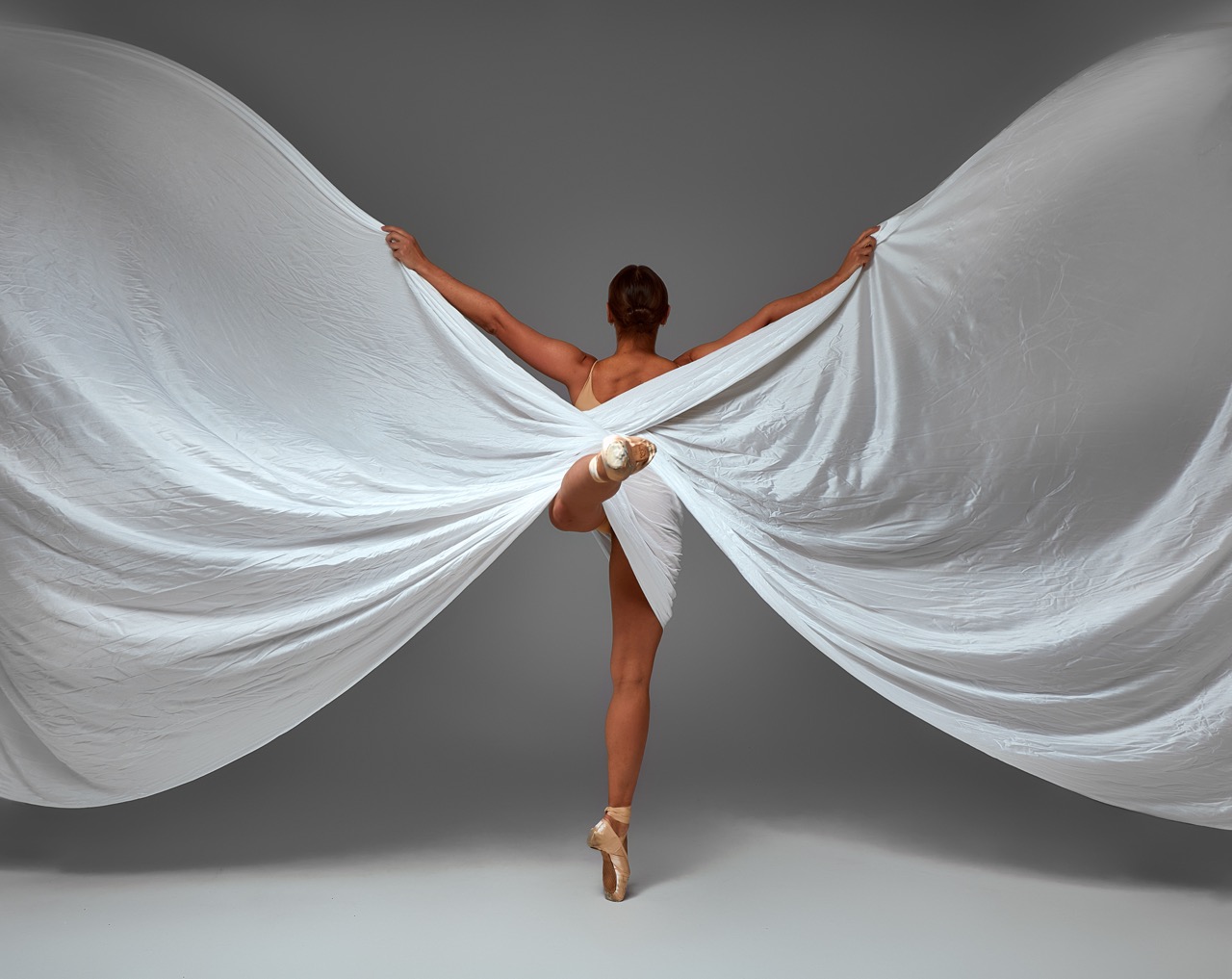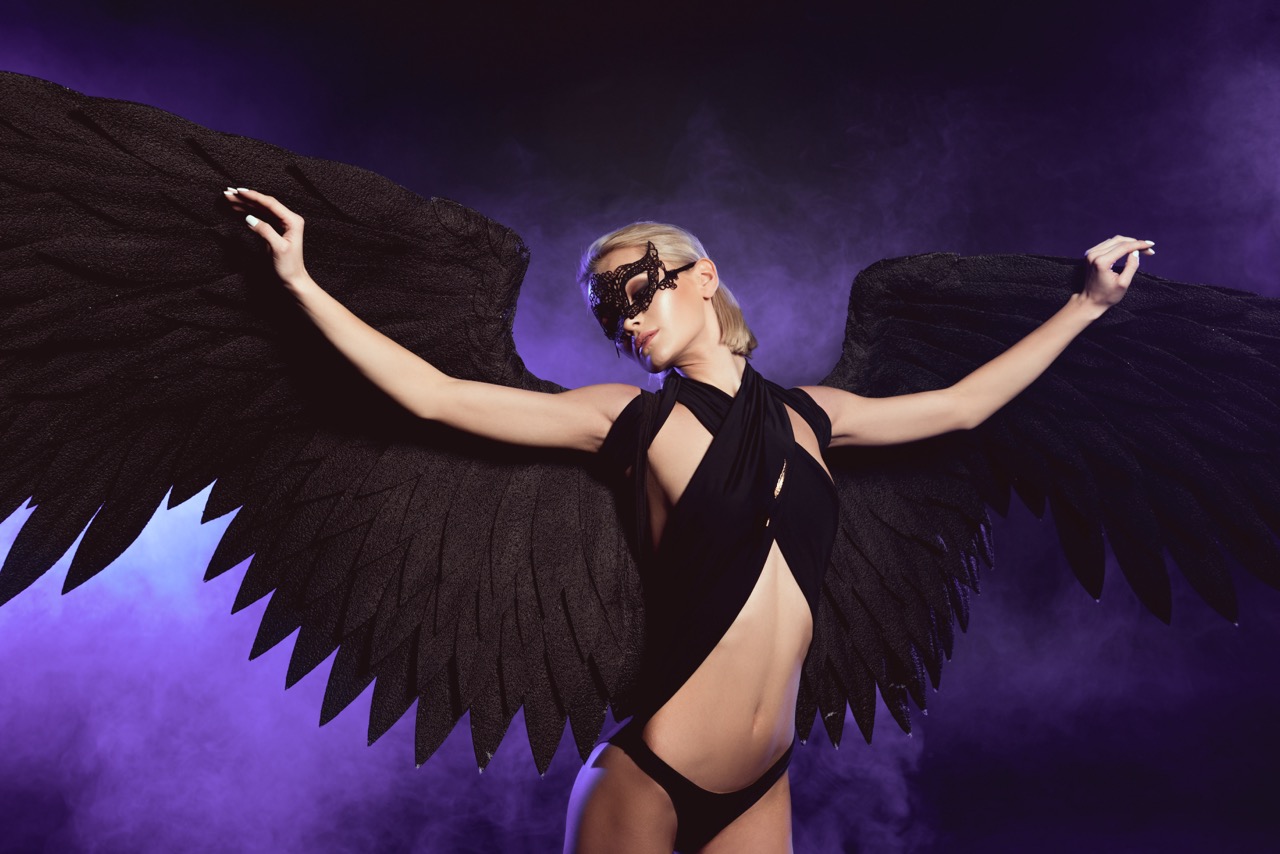The world of circus and aerial dance is a realm where the laws of gravity seem to bend, and the impossible becomes possible. Among the various elements that elevate these performances, wings—both literal and symbolic—play a pivotal role. They capture the imagination, enhance storytelling, and provide a visual feast for audiences. In this article, we delve into how wings are incorporated in circus and aerial dance, exploring their magical presence, artistic significance, innovative techniques, and emotional resonance.
Soaring Through the Air: The Magic of Aerial Wings
Wings in aerial performances create a stunning visual spectacle that embodies the essence of flight. Whether crafted from feathers, fabric, or metal, these wings transform the performer into a mythical creature, allowing them to transcend the limitations of the human body. Dancers and aerialists use these wings to enhance their movements, creating the illusion of gliding through the air. The fluttering of wings as they move elevates the choreography, adding depth and dimension to the performance.
Moreover, the design of these wings is crucial in capturing the audience’s imagination. Elaborate and artistic, wings can reflect various themes, ranging from the ethereal beauty of angels to the fierce majesty of birds of prey. Costume designers collaborate closely with choreographers to ensure that the wings not only look magnificent but also function seamlessly with the performer’s movements. The interplay between the wings and the aerial apparatus—such as silks, trapezes, or hoops—further amplifies the enchantment of flight, creating breathtaking moments that leave spectators in awe.
Incorporating wings into circus acts also allows performers to explore the theme of liberation. The act of taking flight symbolizes freedom, and audiences are drawn to this representation of breaking free from earthly constraints. As performers soar and spin, the wings become extensions of their bodies, amplifying their emotions and portraying a journey of self-discovery and empowerment. This magical transformation captivates viewers and transports them to a realm where dreams take flight.
The Art of Flight: Wings as a Symbol in Circus Performance
Wings serve not just as eye-catching props, but also as potent symbols within the narrative of circus performances. They often represent transformation, freedom, and the exploration of the unknown. By incorporating wings, performers can evoke a sense of wonder and invite the audience to consider deeper themes of aspiration and identity. The imagery of flight encourages viewers to reflect on their own desires to rise above challenges and embrace their individuality.
In many acts, wings are intertwined with storytelling elements, providing a rich tapestry of meaning. For instance, a performer may start their act grounded, embodying the struggles of life, only to don wings as they ascend into the air, signifying growth and resilience. This metamorphosis resonates deeply with audiences, creating an emotional connection that transcends the physicality of the performance. The symbolism of wings adds layers to the narrative, transforming a mere act into a profound exploration of the human experience.
Circus traditions worldwide also incorporate wings in various forms, from the flamboyant costumes of the Cirque du Soleil to the traditional acrobatics of Chinese opera. Each culture brings its unique interpretation, using wings to express their collective stories and values. As performers adapt and evolve these symbols, they continue to inspire new generations, enriching the art form and fostering a sense of continuity with the past.
Techniques and Innovations: Crafting Stunning Aerial Acts
The integration of wings in aerial performance requires not only artistic vision but also technical prowess. Aerialists must master a variety of skills, including strength, flexibility, and coordination, to execute complex movements while manipulating wings. Designers often experiment with lightweight materials that allow for both durability and fluidity, ensuring that the wings enhance rather than hinder performance. This careful balance between artistry and engineering is a critical aspect of modern aerial dance.
Innovative techniques have emerged, allowing performers to create mesmerizing visual effects with wings. For example, LED wings can illuminate the stage, adding a dynamic layer to performances that can transform moods and settings instantaneously. Similarly, incorporating technology—such as rigging systems that enable performers to float or rotate—has expanded the possibilities of aerial choreography. These innovations push the boundaries of what can be achieved on stage, captivating audiences with the marvels of modern circus arts.
Collaboration between performers, designers, and choreographers is vital in crafting stunning aerial acts that feature wings. Workshops and experimental sessions often lead to the evolution of new styles and techniques, fostering a spirit of creativity that is essential in the performing arts. As artists continue to explore the potential of wings in aerial dance, they redefine the limits of human expression and the magical narratives that unfold in the air.
Embracing Freedom: The Emotional Impact of Winged Dance
The imagery of wings in aerial dance resonates deeply on an emotional level, often stirring feelings of freedom, liberation, and hope within audiences. Performers embodying these elements evoke a sense of yearning and aspiration, drawing viewers into a shared experience that transcends reality. The act of taking flight symbolizes not only physical elevation but also an emotional journey, allowing audiences to connect profoundly with the performance.
As performers soar through the air, the wings amplify their emotional expression, enhancing the storytelling aspect of the act. The graceful movements, coupled with the visual beauty of the wings, create a narrative that speaks to universal themes of overcoming adversity and embracing one’s true self. This emotional pull has the power to inspire, making the performance a transformative experience for both the artist and the audience.
Furthermore, the presence of wings can evoke a sense of nostalgia, recalling childhood dreams of soaring through the skies. This shared human longing for freedom resonates across cultures, creating a powerful bond between the performer and the audience. In this way, the integration of wings in circus and aerial dance does more than entertain; it fosters a collective experience that highlights our shared desires for growth, exploration, and the boundless possibilities that lie beyond the horizon.
Wings in circus and aerial dance embody a rich tapestry of artistry, innovation, and emotional expression. From their magical visual appeal to their symbolic significance, wings elevate performances to new heights, captivating audiences and inspiring performers alike. As the art form continues to evolve, the incorporation of wings will undoubtedly remain a poignant representation of freedom, resilience, and the universal human spirit. In every flutter and soar, the legacy of winged performance will continue to enchant, reminding us all of the power of flight and the beauty of our aspirations.

